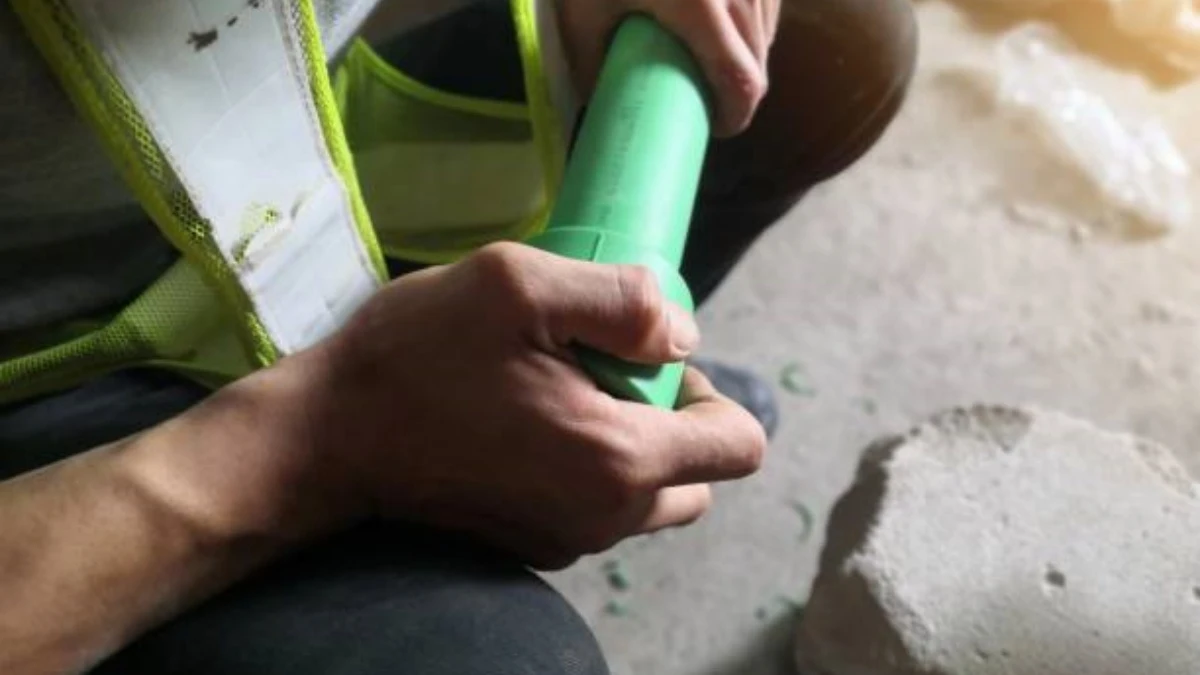When it comes to plumbing, choosing the right materials matters. Among various options, PPR water pipe fittings have gained popularity. Their benefits make them the best choice for modern plumbing systems. In this article, we’ll explore why PPR fittings and pipes stand out. We’ll focus on their durability, cost-effectiveness, and environmental friendliness.
What Are PPR Water Pipe Fittings?
PPR stands for Polypropylene Random Copolymer. It’s a thermoplastic polymer used for pipes and fittings. PPR water pipe fittings are created by heating and shaping this material into pipes and connectors. These pipes are ideal for hot and cold water supply systems. They have strong chemical resistance and are highly durable. PPR fittings are easy to install, and they handle both low and high-pressure water systems.
1. Durability and Longevity
PPR fittings and pipes offer exceptional durability. They last for decades without significant wear or damage. Unlike metal pipes, PPR pipes do not corrode or rust over time. This corrosion resistance is important, especially in areas with hard water. PPR fittings resist scaling and sediment build-up. This ensures consistent water flow and reduces blockages. You won’t need to replace PPR pipes as often as metal pipes.
2. Corrosion and Chemical Resistance
PPR fittings stand out for their corrosion resistance. Metal pipes are prone to rust and corrosion over time. PPR pipes, however, remain unaffected by most chemicals. They don’t corrode, making them ideal for both residential and industrial plumbing. PPR pipes can handle acidic or alkaline waters that often damage other materials. Their chemical resistance helps maintain clean, uncontaminated water.
3. Cost-Effectiveness
PPR water pipe fittings offer long-term cost savings. Although they might have a higher initial cost, they are cheaper in the long run. PPR pipes require less maintenance and have a longer lifespan. Unlike metal pipes, they do not rust, scale, or develop leaks. PPR fittings are also lightweight, making them easy to transport and install. This reduces installation costs, as less labor is needed compared to heavier materials like steel.
4. Energy Efficiency
PPR pipes provide energy savings. They have excellent insulation properties, preventing heat loss in hot water systems. PPR pipes keep hot water hotter for longer periods. This reduces the need for reheating water, cutting down on energy consumption. In cold water systems, PPR pipes help maintain low temperatures, even in hot environments. These energy-saving features result in lower utility bills.
5. Environmental Friendliness
PPR pipes are an eco-friendly choice for plumbing. Polypropylene is a recyclable material, unlike PVC pipes. PVC pipes contain harmful chemicals that can pollute the environment. PPR pipes, on the other hand, are safer for both humans and nature. The manufacturing process for PPR pipes uses less energy, making it more environmentally responsible. Choosing PPR fittings helps reduce the plumbing industry’s carbon footprint.

6. Ease of Installation
PPR water pipe fittings are easy to install. Unlike metal pipes that require welding, PPR pipes use a heat fusion method. This process involves melting the pipe and fitting ends and joining them together. The result is a seamless connection with no leaks. The fusion method is fast and simple, reducing installation time. PPR pipes are lightweight, making handling and transport easier, which lowers the risk of damage.
7. Wide Range of Applications
PPR fittings and pipes are versatile. They can be used for residential, commercial, and industrial plumbing systems. PPR pipes handle both high-pressure and high-temperature systems. They are ideal for domestic hot water installations and heating systems. PPR fittings are also suitable for irrigation systems. Their flexibility and strength make them suitable for various applications in both homes and businesses.
8. No Toxicity
PPR water pipe fittings are non-toxic. Unlike lead pipes, PPR pipes do not release harmful substances into the water. This makes PPR pipes safe for potable water systems. PPR pipes do not contaminate the water with harmful chemicals. Additionally, they don’t release toxins into the environment, making them a safe option for eco-conscious individuals. Their non-toxic nature ensures clean and safe water for consumption.
9. Aesthetic Appeal
PPR water pipes and fittings have an attractive appearance. They come in various colors and designs, allowing customization. Their smooth, clean look can enhance the aesthetics of plumbing installations. PPR pipes are flexible, so they can be used in tight or challenging spaces. Their neat appearance can improve the visual appeal of plumbing systems, especially in visible areas.
Conclusion
In conclusion, PPR water pipe fittings offer many benefits. They are durable, cost-effective, and environmentally friendly. Their corrosion resistance, chemical resistance, and long lifespan make them a top choice. PPR fittings are easy to install and suitable for various applications. They provide reliable performance for both residential and commercial plumbing systems. For a modern, sustainable plumbing solution, PPR water pipe fittings are an excellent choice.
FAQ Section
1.Are PPR water pipe fittings suitable for high-temperature water systems?
Yes, PPR pipes can withstand temperatures up to 95°C.
2.How long do PPR pipes last?
PPR pipes last 50 years or more with proper installation and care.
3.Can PPR fittings be used outdoors?
Yes, PPR pipes are UV-resistant and can be used outdoors.
4.Do PPR pipes need special tools for installation?
Yes, PPR pipes require a heat fusion machine for joining.
5.Are PPR pipes resistant to freezing temperatures?
PPR pipes perform well in freezing temperatures but should be insulated in cold climates.